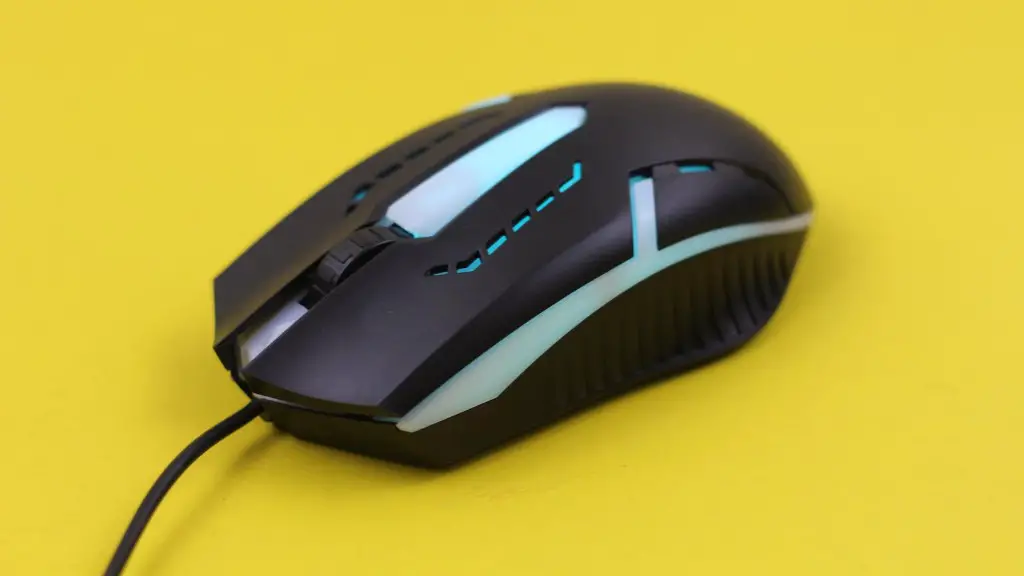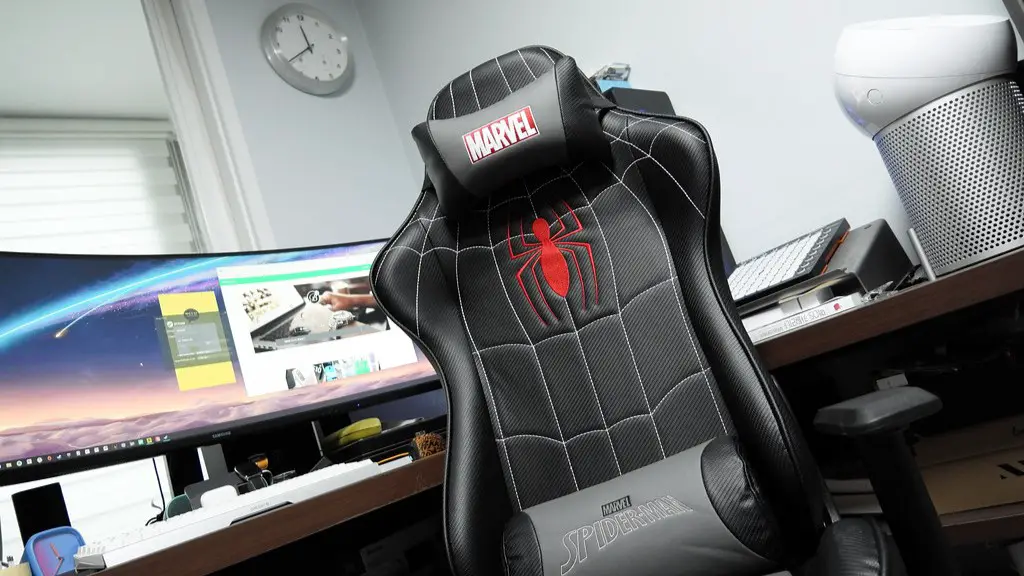Fixing a gaming monitor screen can be a tricky process if you are not familiar with the technical details and procedures. The first step is to make sure the screen is properly connected to either the computer or game console. The cables should be checked for any fraying or corrosion, which may need to be replaced. Once the connection is confirmed, you should observe the screen’s reflection in a dark room, using a flashlight to ensure it is not overly bright or dark. If the image is too faint or distorted, the software for the monitor should be adjusted to get the best possible picture.
Calibrating the brightness and contrast settings is important in obtaining a clear and stable image. Generally, the proper level should be slightly higher than the point where the dark and bright parts of the picture merge. Then the color settings of the monitor should be adjusted to meet your requirements, often by manipulating the red, green, and blue levels. If the picture is still blurry or distorted, it could indicate a fault in the monitor which may need to be addressed with professional assistance.
To prevent any further damage, the video card drivers should be updated regularly and dust should be removed from the monitor. The display settings should also be correctly configured within the system preferences to get the clearest image. Lastly, check the refresh rate setting, which is the number of times the picture is refreshed per second. This can significantly reduce ghosting and stuttering, which are common on gaming monitors.
What To Do If The Monitor Is Broken
If the gaming monitor screen is broken and no longer functions properly, you should get in contact with the manufacturer. Most monitors come with a warranty, depending on the age and condition of the product, which should cover the repair costs. The monitor may need to be physically delivered or shipped for repairs, so it is important to check the manufacturer’s policy for the correct handling procedures.
If the warranty doesn’t apply, a specialist repair service may be the best option. They will run diagnostic tests to identify the fault, and can then provide an estimate of repair costs. As monitors are delicate and complex, it is best to only use qualified technicians who have specialist knowledge.
DIY repairing should only be attempted if you have extensive experience with monitor components. Most manufacturers will not honor any warranties if the product is opened and someone other than a professional technician tries to repair the device. But, it is possible to find replacement parts online, as there are many websites that offer high-quality parts which are suitable for the particular gaming monitor.
Finding Solutions For Common Issues
The solutions to some of the most common issues vary depending on the particular model of gaming monitor, but there are some tips which can be helpful. For example, sometimes it is the computer settings that are causing the distortions and changes in the picture. Adjusting the refresh rate and resolution of the computer, or disabling any video plug-ins that are not in use, can help to optimize image quality. Also, if the monitor appears to be flickering, it can often be caused by a weak signal from the computer. You can try connecting an upgraded cable to the graphics card as this may help to resolve the issue.
More complex problems may require the use of a troubleshooting program. Most monitors come pre-installing with one, but you can also find suitable programs online. These programs can detect the problems and usually provide advice on the best way to fix them, making the repair process much simpler. You can also find numerous tips, tricks and tutorials on specialist tech websites and forums which can help you to diagnose and repair any issues.
Checking The Image Quality
Once you are happy with the settings and the monitor appears to be working correctly, it is important to check the image quality. If you have a good monitor, it should provide a consistent and accurate picture with full detail. You can use a calibration suite to analyze the image and make any further adjustments if necessary. If you are still not entirely satisfied, there are many ways to tweak the settings further. Tweaking the brightness, contrast and color levels should allow you to get the best possible picture.
If all else fails, you can always try using a different set of display settings. There are numerous preset modes available on most gaming monitors which are advertised as providing the ‘optimal’ image for certain types of games or activities. Even if none of these settings appear suitable, you can always create a custom profile which gives you more manual control over the image.
Using Gaming Software To Optimize Picture Quality
Most gaming monitors come with their own software, which allows you to customize the on-screen settings and optimize the picture quality. These settings are easy to access and consist of several sliders which can be adjusted until the desired setting is reached. The software can also be used to activate certain codecs and patches which can improve the performance of the monitor, as well as providing useful advice on the best settings for specific types of games.
The software can also be used to increase the refresh rate of the monitor. This is particularly useful for gamers as a higher refresh rate can significantly reduce ‘ghosting’ and ‘tearing’ of the image. Most gaming software also allows the user to create different profiles, so they can easily switch between different dedicated settings for specific games or activities.
Improving The Performance Of Your Gaming Monitor
To ensure the best performance from your gaming monitor, you should regularly update the firmware and drivers of both the monitor and the graphics card. You should also check for any programs or plug-ins that may be installed on your computer which could be interfering with the monitor’s performance. The software for the monitor can also be used to handle any compatibility issues, as well as providing advice on the best settings for specific games. Keeping an eye on the power settings is also important, as certain modes can significantly reduce the lifespans of monitors.
The monitor should also be kept away from strong sources of light and dust, as both can damage the LCD and other components. Lastly, if your gaming monitor is part of a multi-monitor setup, you should try to avoid mismatched bezels. This can cause all sorts of issues with color and contrast, as well as making the viewing experience very uncomfortable.

